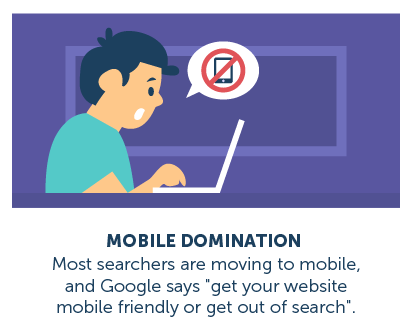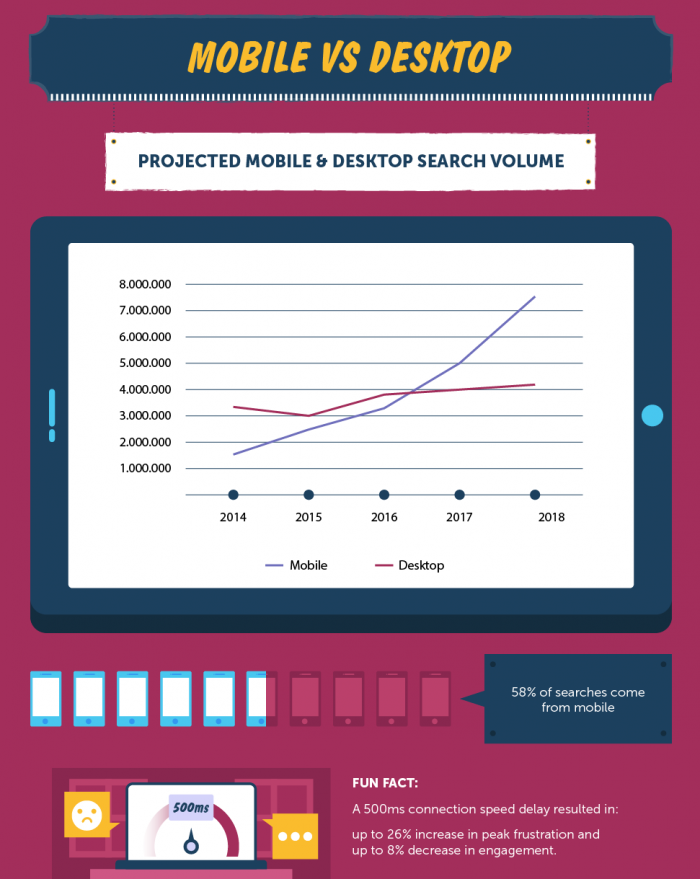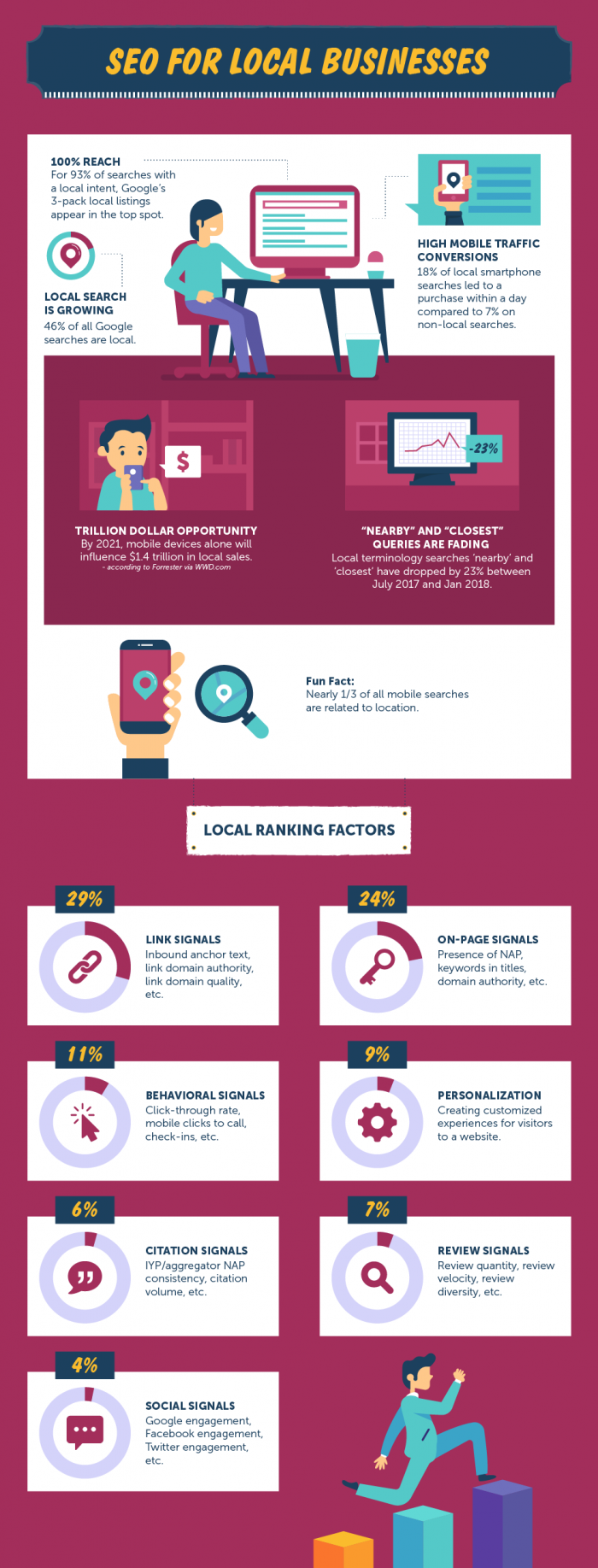Josh Wardini takes a look at the key takeaways from 2018's SEO trends. These include the continued growth of mobile search and the increasing popularity of voice-based and localised searching. All this has ramifications for the way content marketers produce copy... [Features mammoth SEO infographic!]
As we move into 2019, what’s more important for your business: organic or paid traffic? Opinions are divided as both provide their own unique benefits. But let’s be honest, it shouldn’t be reduced to an either/or argument.
On the one hand, paid traffic via pay-per-click (PPC) ads offer guaranteed visibility and the opportunity for testing different marketing messages at speed. On the other, organic SEO is a more trusted source of information and will likely provide the greater business value in the long run.
The value of organic SEO is further supported by the fact that nearly 80 per cent of users ignore paid ads in search results.
However, ranking highly on Google is no easy task. Rising above the competition is tough and the goalposts are always shifting. Are you shifting with them?
There are three trends which I think have a major impact on way content marketers publish content:
- Voice search: which is set to account for 50% of all searches by 2020.
- Mobile: which currently accounts for 58% of all searches.
- Local search: which accounts for 46% of all Google searches.
Facts, as they say, don’t lie. So it’s vital that you evolve your content marketing strategy so that it accommodates the changing search habits of consumers to increase organic traffic to your site.
If you have the budget, do online advertising as well. But don’t focus on it at the cost of SEO.
So how can you increase organic traffic? Well, here are some useful tips. Have a look at them, and more importantly, incorporate them into your marketing strategy.
Optimize your content for voice
 At present, nearly 20% of internet searches are voice based. This figure will be 50% by 2020. If you don’t optimize your site for voice, your site will be out of reach of half of the internet’s users in the next two years.
At present, nearly 20% of internet searches are voice based. This figure will be 50% by 2020. If you don’t optimize your site for voice, your site will be out of reach of half of the internet’s users in the next two years.
People use different keywords to search via voice commands than they use for text search. Therefore, you should add voice search key phrases in your content.
Voice search expressions have two distinct characteristics:
1. Voice search has longer queries
This is hardly surprising because we speak several times faster than typing. Also, typing is tiring, while speaking is not.
The average text search query is about 1–3 words. On the other hand, the average voice search expression is 7+ words.
2. Voice searches are more natural sounding and are often in question form
Voice search phrases are usually presented in the form of questions, and these questions can help internet marketers understand the intent of users better than other keywords.
- What or Who or Which: Which is the best pair of running shoes for girls?
- How: How can I tell if a pair or running shoes is suitable for flat feet?
- Where: Where is the best shop for running shoes in San Diego?
- When: When does Sports Fan store open today?
The above-listed examples show quite clearly that what/who/which questions typically show interest, while where and when questions usually suggest users are willing to buy.
To optimize your content for voice search, first identify common voice search expressions that users are likely to use to search for your business or product online, and then include them naturally in your content.
Make your content mobile-friendly
 More and more people are now using mobile devices to search for information on the web. And interestingly, more than 60% of organic searches display different results on mobile compared to desktop.
More and more people are now using mobile devices to search for information on the web. And interestingly, more than 60% of organic searches display different results on mobile compared to desktop.
Without a mobile-friendly site, you don’t stand a chance of featuring in these search results.
So take our cue and make your site mobile friendly. Here are two tips that will help you do just that:
1. Make your site responsive
Unresponsive websites not only load slowly on mobile devices but also display content in an ineffective manner on smaller screens. A responsive site, on the other hand, displays and arranges content depending on the device’s screen size, improving customer experience and web page load time.
There are two ways you can make your site responsive: choose a site builder with mobile-friendly templates (WordPress offers free as well as paid mobile-friendly templates) or hire a talented web developer.
2. Compress your images
High-resolution images load slowly on mobile devices, and a slow load time, in turn, causes bounce rates to shoot up. Compress your images to make sure they load faster on smartphones and other mobile devices.

Go local with your SEO
Local search, as said above, accounts for a substantial share of the total Google searches. Including local search keywords relevant to your business can help you win a top slot in these search results pages.
So how can you rank your site higher on “near me” searches?
You can improve your site rank and gain more local customers by adding these keywords into your content:
- Phrases that describe your location and neighborhood;
- Landmarks close to your store location; and
- “Near me” in anchor text, meta description, internal links, and title tags.

What else can you do to get more organic traffic?
Have a look at this infographic, which offers tons of information on improving organic traffic and boosting sales.











Leave your thoughts